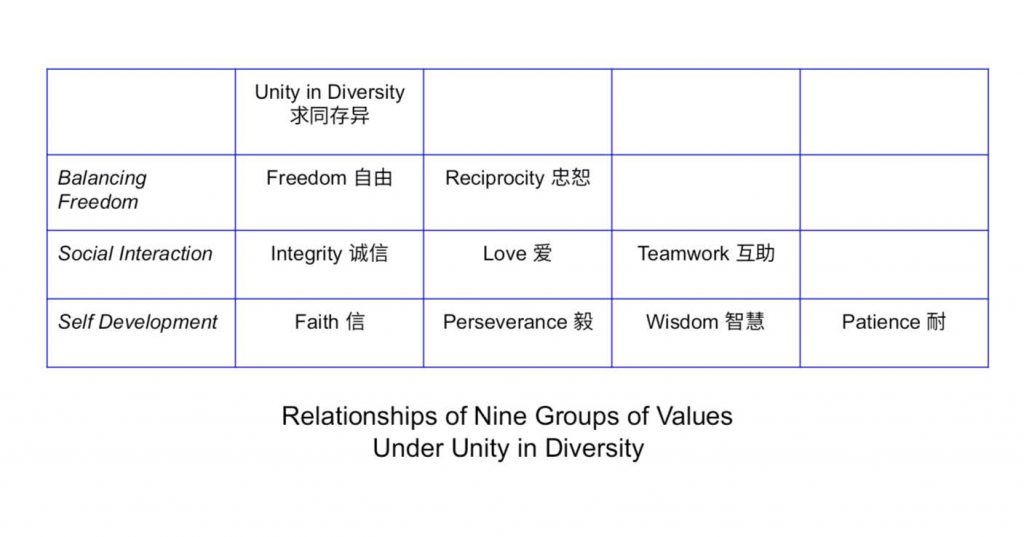In “ RELAX AND THE WORLD RELAXES WITH YOU”, James Luce wrote to Billy: “ I finally learned how to RELAX.”
Billy immediately urged: Please share your SECRET ON HOW TO RELAX.>What were your ANXIETIES to begin with ? Did you do MINDFUL MEDITATIONS ? Did you have an AH HA MOMENT ? Did you have to make certain SACRIFICES ? Have you also learned HOW TO STAY RELAXED ?
James Replied:
Hello Billy, You ask, what is my secret of how to relax…
It’s important to distinguish between being relaxed and being apathetic. Additionally, one can be excited, even agitated, and yet still be relaxed.
My peculiar road to relaxation began one day about fifteen years ago when I suddenly realized that worry is a waste of time and is also totally unproductive. Of course, worry should never be confused with planning, anticipating, analyzing.
Somewhere further down that road, maybe five years ago, I realized that being concerned about things over which I had absolutely no control was just as silly as worrying. This led me to the corollary realization that the only things I could do anything about were local. That places the news of the world into a bottle to observe, not a monster with which to do battle. That concept also allows one to focus on real problems and real solutions…because the problems are in one’s face, urgent, and usually fixable by oneself or often “with a little help from my friends.
The latest stride down my road to relaxation, coincident with my heart valve replacement, is the realization that worry is not just a simple waste of time, but is actually a terrible waste of very valuable time. All the more reason to eschew worry and, instead, embrace life and friends in a relaxed fashion
Stephen Lee chimed in:
Hello Bill and James, Here are my personal answers.
SECRET ON HOW TO RELAX.
What were your ANXIETIES to begin with ? Uncertainty of what may happen outside of my expectations
Did you do MINDFUL MEDITATIONS ? Not as a scheduled daily activity but occasional reminder to myself to slow down and center my mind and be calm and introspective
Did you have an AH HA MOMENT ? Yes, not very often or intense. Rather a flash of thoughts which trigger my sense of creative speculation about my topics of interest.
Did you have to make certain SACRIFICES ? Yes, but I generally don’t use the word sacrifice but trade-off. Sacrifice tends to mean self sacrifice. A trade-off is a simultaneous gain and loss effect on myself and another person(s).
Have you also learned HOW TO STAY RELAXED ? Yes. To stay relaxed, I need to have an environment which does not constantly present sensual stimulation in sound, visual images, vibration, smell, or breathing. Certain peaceful sounds and music and natural sceneries usually enable me to relax and stay relaxed.
____________________________________________________
Doris Lam added her perspective:
How to Relax?
To me, to relax is not my life goal. Because somehow vibrancy in life is attractive, it means excitement, passion, motivation, potential etc. Mundane, stagnant, uneventful and stable are negative adjectives to me.
Relax by definition from dictionary is less stress, anxious and tense. Or to be less strict or rigid.
I became relaxed after being mindful of what worried me, confronting it with worst scenarios and then intellectually telling myself that I would be able to handle it thus returning to emotional state of letting go. My anxiety then became an indicator of how well I succeeded in relaxing. Generally, my anxiety did not stay very long; I vented them out which probably caused discomfort to others which led them to see me as anxious.
Lately I finally began to appreciate why others urge me to stay relaxed. Because they view relaxed as positive; I felt being too relaxed as possibly passive. I enjoyed intensity and passion.
Being older now made me accept RELAXATION as an attractive lifestyle too.
How do you address your anxiety?
Define and identify source of anxiety
Confront problem by: Finding feasible solutions- Imagining worst outcome
Evaluating own limitations and priorities (emotional stress, ability to control, worthiness, level of satisfaction, etc.) then hoose a solution
Accept solution by handling it emotionally and letting go, not worrying about change of situation, knowing that new problems will be solved similarly.
_________________________________________________
BILLY’s Comments: So what have I learned from my three esteemed friends ?
From James: BE RELAXED but not APATHETIC. NOT TO WASTE VALUABLE TIME ON UNPRODUCTIVE WORRIES.- VALUABLE TIME BEST BE SPENT TO EMBRACE LIFE & FRIENDS IN A RELAXED FASHION.
From Stephen: UNCERTAINTIES DUE TO EXTERNAL FORCES – BE CALM AND INTROSPECTIVE TO ACHIEVE OPTIMIZATION – PEACEFUL MUSIC & NATURAL SCENERIES HELP-
From Doris: ENJOY INTENSISITY IN LIFE.- RESOLVE ANXIETY INTELLIGENTLY WITHOUT WORRYING FUTILELY>
BILLY’S CONCLUSION: How about having a discussion on RELAX – PURE IDEALISTS vs. PRAGMATIC IDEALISTS
____________________________________________________


